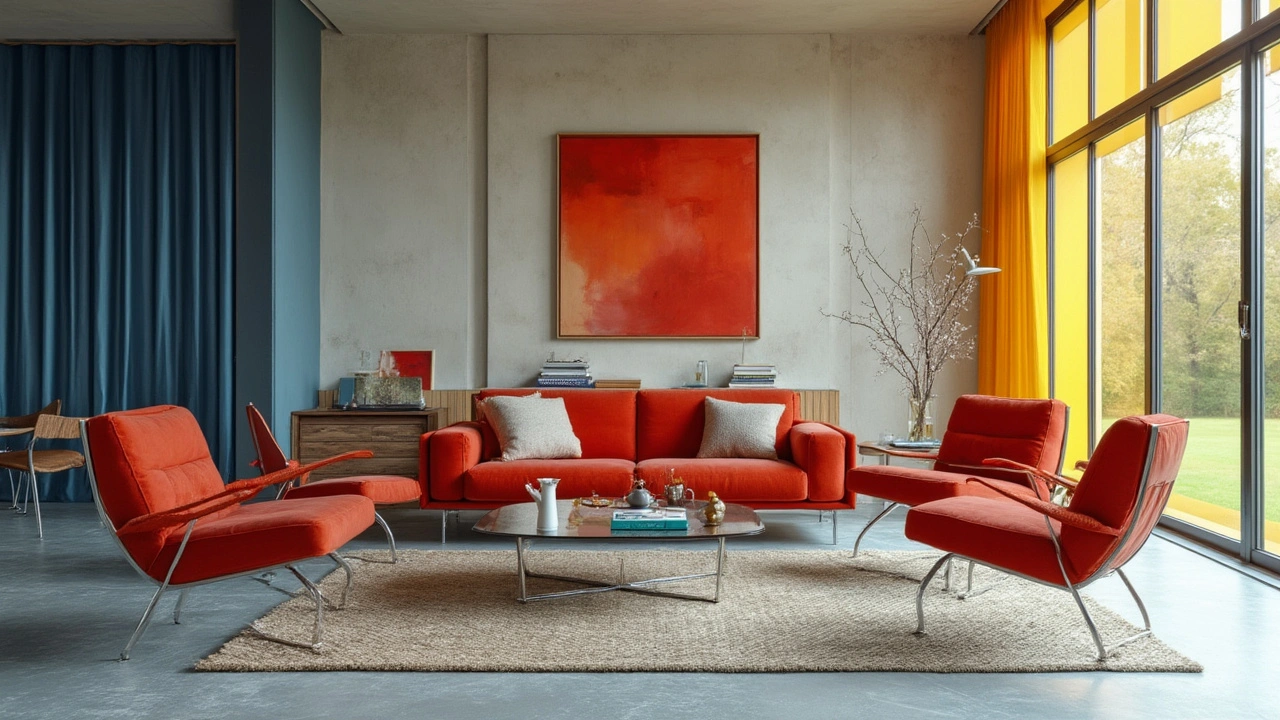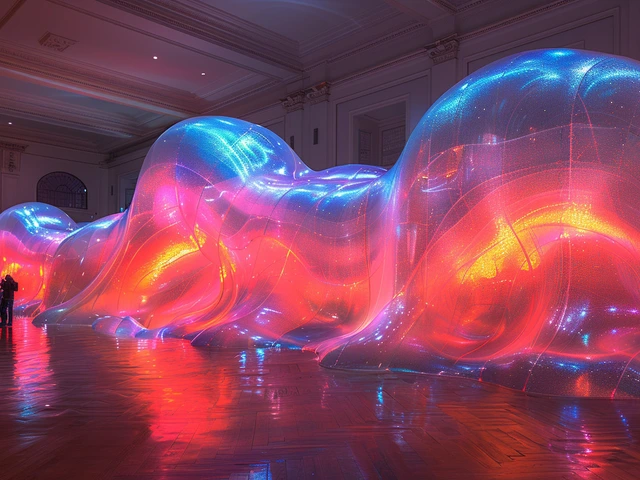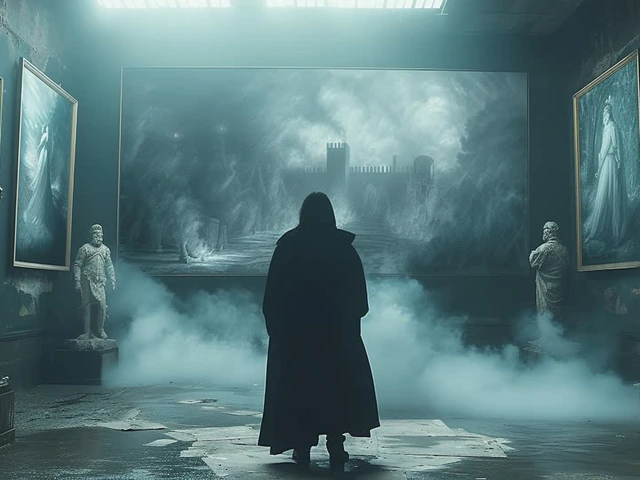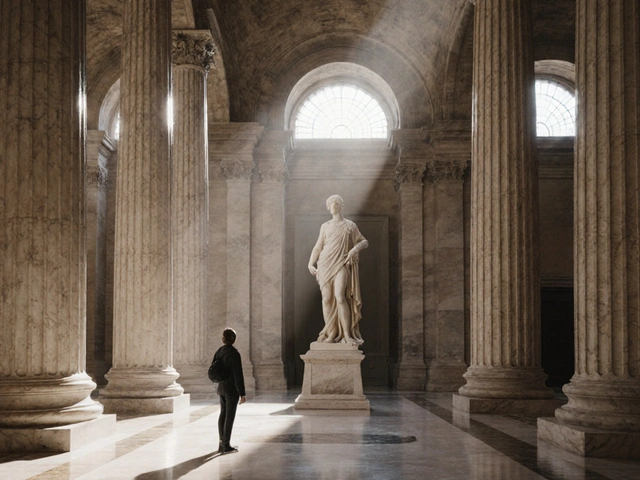Check out most city skylines or step inside a trendy coffee shop, and you’ll spot clean lines, open spaces, and that minimalist vibe. All of this traces back to a small but loud German movement called Bauhaus. It didn’t just change what furniture looked like or how buildings got made; it flipped the entire idea of design on its head. Think about sitting on a simple steel chair with just enough curve to cradle your back, or living in an apartment with huge windows and barely-there details. This isn’t random—Bauhaus folks sketched and argued their way into everyday life, shaping the modern world without most of us even realizing.
What Was Bauhaus? The School That Started a Revolution
If you imagine Bauhaus as a dusty art history footnote, think again. It was a school, a design collective, and a social experiment rolled into one wild bundle. Founded in 1919 in Weimar, Germany, by the architect Walter Gropius, Bauhaus meant “building house.” But forget mansions or castles. Gropius wanted functional, beautiful buildings and objects for the masses, not for rich collectors. Picture a time between two world wars: the old world crumbling, and everyone desperate for real change. That’s when Bauhaus stepped in with a wild idea—what if design made life better for everyone?
Bauhaus classes weren’t about memorizing old rules. Students learned to combine craft and art, working with everything from steel and wood to glass and textiles. It was hands-on—students might start their day drawing, swing by a workshop to hammer metal, and end by debating how light bounces off walls. Renowned teachers like Paul Klee, Wassily Kandinsky, and László Moholy-Nagy didn’t just assign homework—they guided wild experiments in color and form. Want a snapshot of the creative vibe? Mies van der Rohe, the last director, came up with “less is more.” It sounded radical at the time but ended up on mugs, posters, and almost every Pinterest board.
In 1933, pressure from the Nazis forced Bauhaus to shut its doors. But the story didn’t end with padlocked gates. The ideas and people—many fleeing Germany—landed in cities like Chicago, Tel Aviv, and Moscow, leaving fingerprints on everything from apartment buildings to lampshades. Bauhaus wasn’t just a blip. It seeded the DNA of modern architecture and design all over the planet.
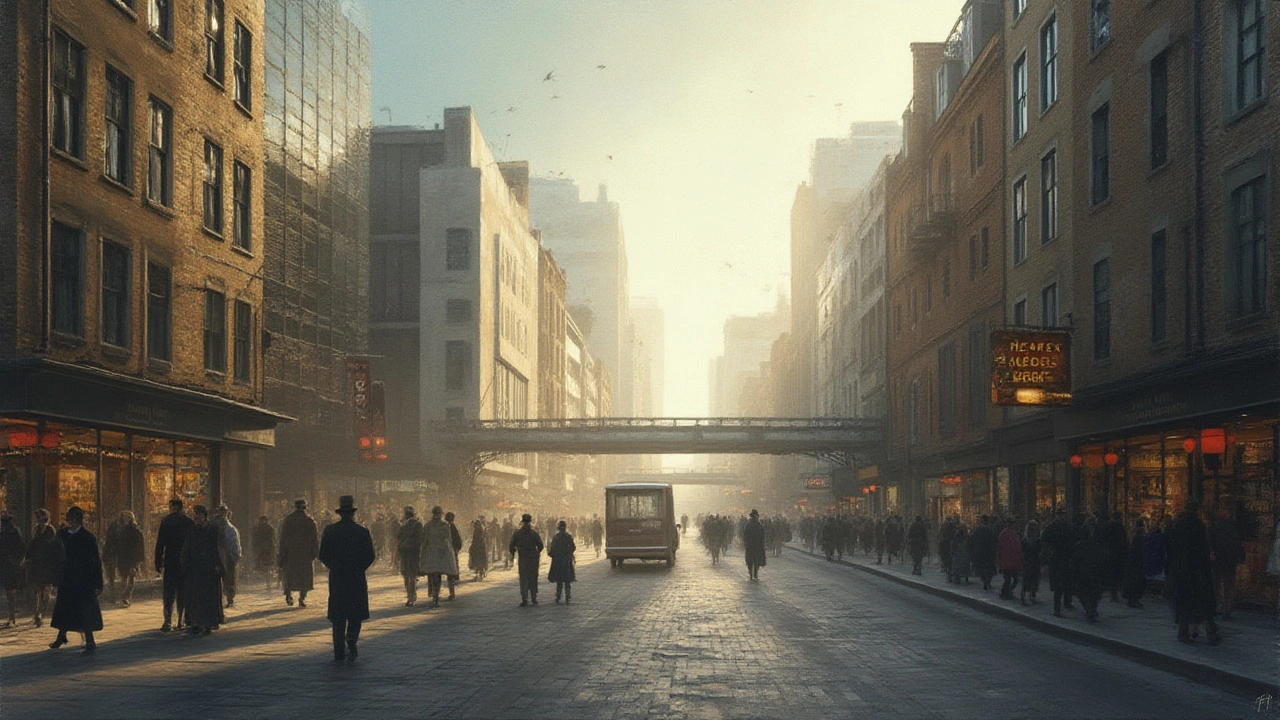
Bauhaus in Everyday Life: Why You’re Sitting on Bauhaus Right Now
You might not think about Bauhaus at breakfast, but it’s there. Scan your home or office. Got a desk with metal legs? Or a lamp with no fuss, just honest materials and a perfect curve? That’s Bauhaus talking. The movement swapped bloated, look-at-me furniture and buildings for stuff that was easy on the eyes—and way more comfortable. Skilled hands replaced carved dragons and gold leaves with chrome, glass, and simple geometry. The tube-steel Wassily Chair and the Barcelona Chair? Both are icons, and both started as Bauhaus experiment projects.
Even Ikea, that temple of flat-packed simplicity, tips its hat to Bauhaus. The idea was always to design pieces anyone could own, not just art collectors. Bauhaus also nudged companies to mass-produce quality stuff. For example, Marianne Brandt’s geometric teapots and light fixtures for the German firm Kandem still look fresh nearly a century later. How’s that for timeless?
Check out German cities like Dessau, where you’ll find whole neighborhoods inspired by Bauhaus: flat roofs, wide windows, and nothing that’s just for show. Tel Aviv’s "White City" hosts more than 4,000 Bauhaus-influenced buildings—so many, it’s a UNESCO World Heritage site. New York and Chicago are loaded with steel-and-glass towers that owe a debt to Bauhaus ideas about light and air. The International Style in architecture—those glassy high-rises—evolved directly from the Bauhaus brain trust. Just try counting the plain, logical buildings next time you walk downtown. Bauhaus made that normal.
bauhaus also taught designers to think about people, not just objects. A hallway feels wider because of seamless floors. A chair seems friendlier because it curves to your spine. Bauhaus fans talk about "form follows function," which means nothing is there just for looks. Want an example? Here’s a quick table showing how Bauhaus ideas compare with typical pre-World War I designs:
| Feature | Bauhaus Design | Pre-Bauhaus Design |
|---|---|---|
| Materials | Steel, glass, plywood | Hardwood, velvet, heavy drapes |
| Shape | Geometric, clean lines | Ornate, decorated, curly |
| Function | Practical, for everyday use | Often made to impress, not for comfort |
| Production | Mass-produced, accessible | Handmade, exclusive |
| Color | Neutral or strong primaries | Earthy, lots of gold and dark woods |
If you ever buy a piece of "mid-century modern" anything, or a lamp at a chain store, or even browse web design, you’re surfing waves that started at Bauhaus. Apple’s product design team has openly said they’re inspired by Bauhaus—no wonder your iPhone feels as much like art as tech.
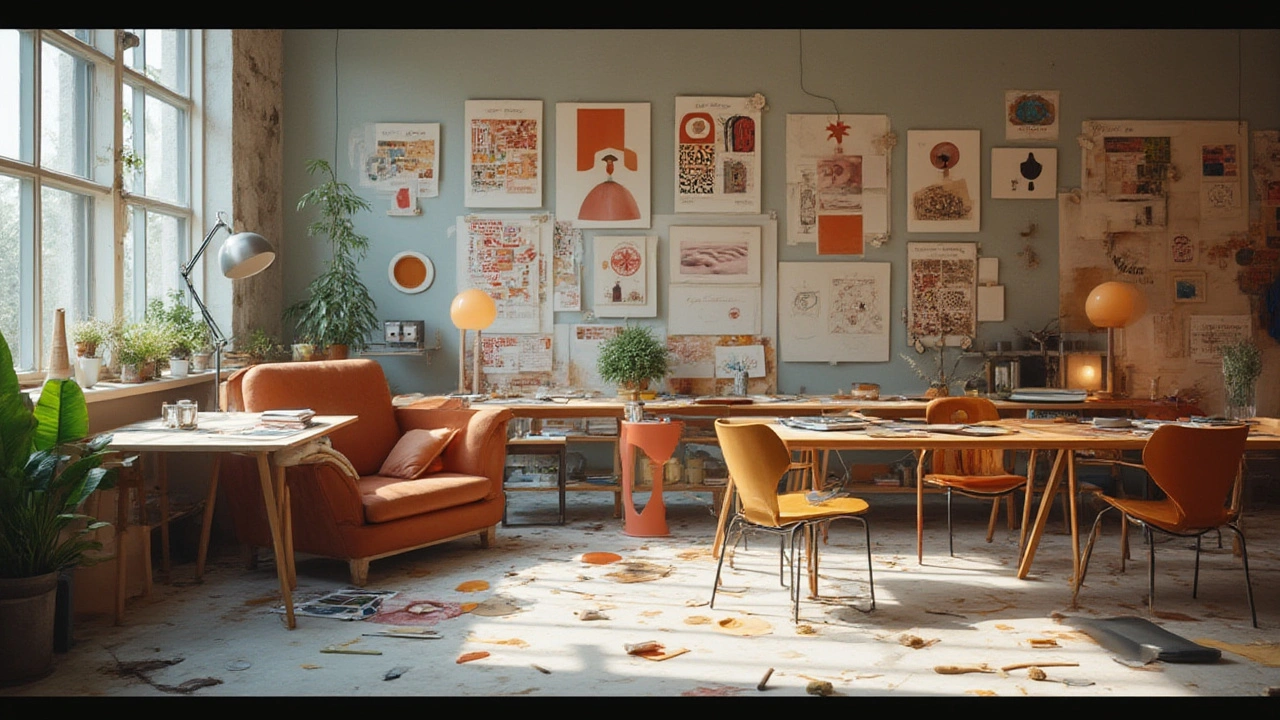
Inside the Bauhaus Mindset: Lessons and Tips For Modern Living
If you crave less chaos at home or just want your apartment to feel like a well-curated coffee shop, Bauhaus ideas work for real life. So how do you channel this movement without dropping a fortune? Start by clearing out anything that doesn’t do a job. Bauhaus hated clutter. Everything, from your toothbrush holder to your bookshelf, should pull its weight. Moving apartments? Look for big windows and neutral colors. Add a single, punchy accent—like a fire red chair or cobalt pillow—to break the calm. That tip comes straight from Bauhaus color theory, which loved dramatic, simple contrasts.
Don’t be afraid of steel and glass. Add a metal floor lamp or a glass coffee table for instant Bauhaus vibes. Industrial materials in small doses can warm up even the coziest spot, as long as the shapes are welcoming. When choosing furniture, go for stuff with honest lines. Imagine the piece in a room—does it help, or will it just collect dust? Maximize natural light with open shelves and long, unbroken surfaces. If you need privacy, hang a sheer curtain—you get a bit of shade, but sunlight still pours in. That trick keeps rooms from feeling boxed in.
Design isn’t just about what you own—it’s about how you live. Bauhaus teachers obsessed over balance. For them, spaces had to be calm, but not boring; inviting, but not busy. Sometimes, less really is more. Try grouping objects by color or height. When you cut the visual noise, you get a space that feels larger and way more chill. This applies even to digital work: Bauhaus designers wanted clarity, so simple fonts and clean layouts pay off on websites or your desktop, too.
Want to dive deeper? Visit a Bauhaus museum—Berlin, Dessau, Weimar, and Tel Aviv all have knockout collections. Or, hunt down a documentary about Marcel Breuer, the guy behind some of the first tubular steel chairs, or Gunta Stölzl, who turned weaving into modern art. Even flipping through an Ikea catalog counts as Bauhaus research. Look for playful geometry, unexpected but simple materials, and a commitment to making good stuff for real people.
Here’s a bonus: you don’t need to go all-in to get something out of Bauhaus. Start with one piece or one idea—a geometric shelf, a calm color palette, or a mindset that favors clarity over clutter. Then watch how life gets easier, your place feels fresher, and even your friends start asking, “Where’d you get that chair?”

